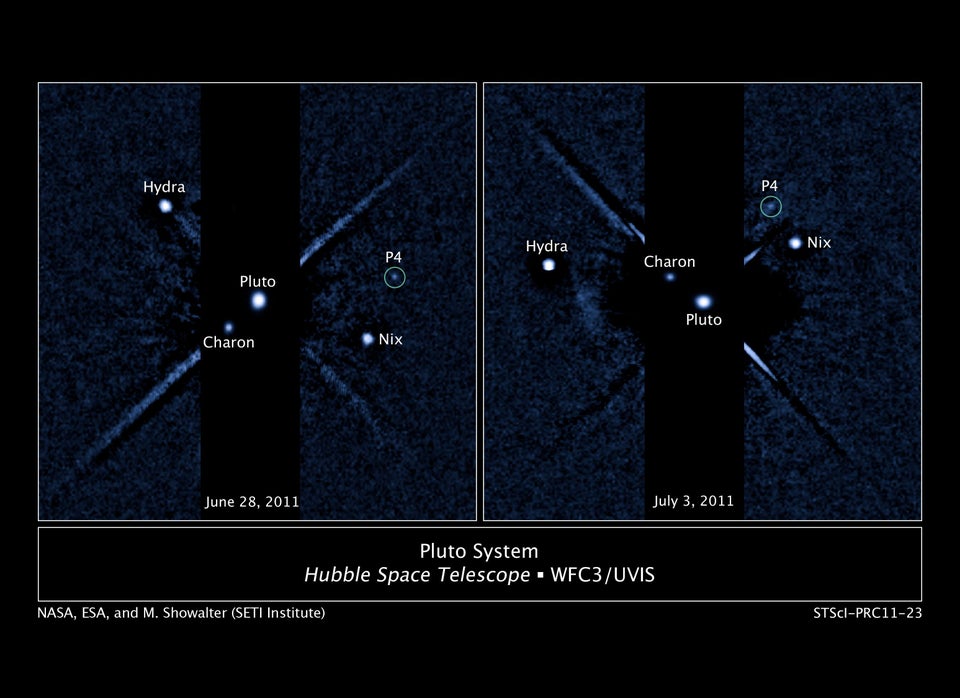
For the first time ever, the celestial light shows known as auroras have been detected outside our solar system.
The auroras were detected not on an exoplanet but on a brown dwarf, one of a class of objects that are too big to be planets but too small to sustain the fusion reactions seen in stars.
Astronomers say the alien auroras probably look a lot like the auroras (Northern lights) seen here on Earth, only more reddish and much, much more intense.
"If you were able to stand on the surface of the brown dwarf we observed--something you could never do because of its extremely hot temperatures and crushing surface gravity--you would sometimes be treated to a fantastic light show courtesy of auroras hundreds of thousands of times more powerful than any detected in our solar system," Dr. Gregg Hallinan, assistant professor of astronomy at Caltech in Pasadena, Calif. and the leader of the international team of astronomers who made the discovery, said in a written statement.
(Story continues below video.)
The brown dwarf that hosts the auroras is known formally as LSR J1835+3259. It's located about 20 light-years from Earth in the constellation Lyra.
Astronomers spotted the auroras with the help of optical telescopes and the Very Large Array, a powerful radio astronomy observatory located near Socorro, N.M.
The discovery, which was described in a paper published in the journal Nature on July 30, brings astronomers' understanding of brown dwarfs into sharper focus.
"We already know from observations of brown dwarfs that they have clouds in the atmosphere," Dr. Stuart Littlefair, an astrophysicist at the University of Sheffield in England, told the BBC. Now that we know brown dwarfs can have auroras, he added, "it is yet more reason to consider brown dwarfs as scaled-up versions of planets rather than scaled-down versions of stars."
What's more, the discovery that objects outside the solar system can have auroras may help fine-tune the ongoing search for extraterrestrial life. As Hallinan told The Huffington Post in an email, the presence of auroras on an exoplanet, for example, would suggest that it had a magnetic field capable of protecting it against violent solar storms (known as coronal mass ejections) unleashed by its host star.
"Our sun is now a pretty mild middle-aged star, but many other stars produce enormous flares that can threaten the habitability of any planets that may orbit them," Hallinan said in the email. "Having a magnetic field to act as a 'magnetic shield' may be crucial for life on those planets."
Hallinan said his team is already hunting for auroras on exoplanets with help from a new radio telescope erected near Bishop, Calif.
"We image the entire sky to allow us to monitor thousands of stellar systems and planets simultaneously," Hallinan said, "such that when a coronal mass ejection from a star hits a planet and its aurorae light up, we will be watching and can measure its magnetic field!"

